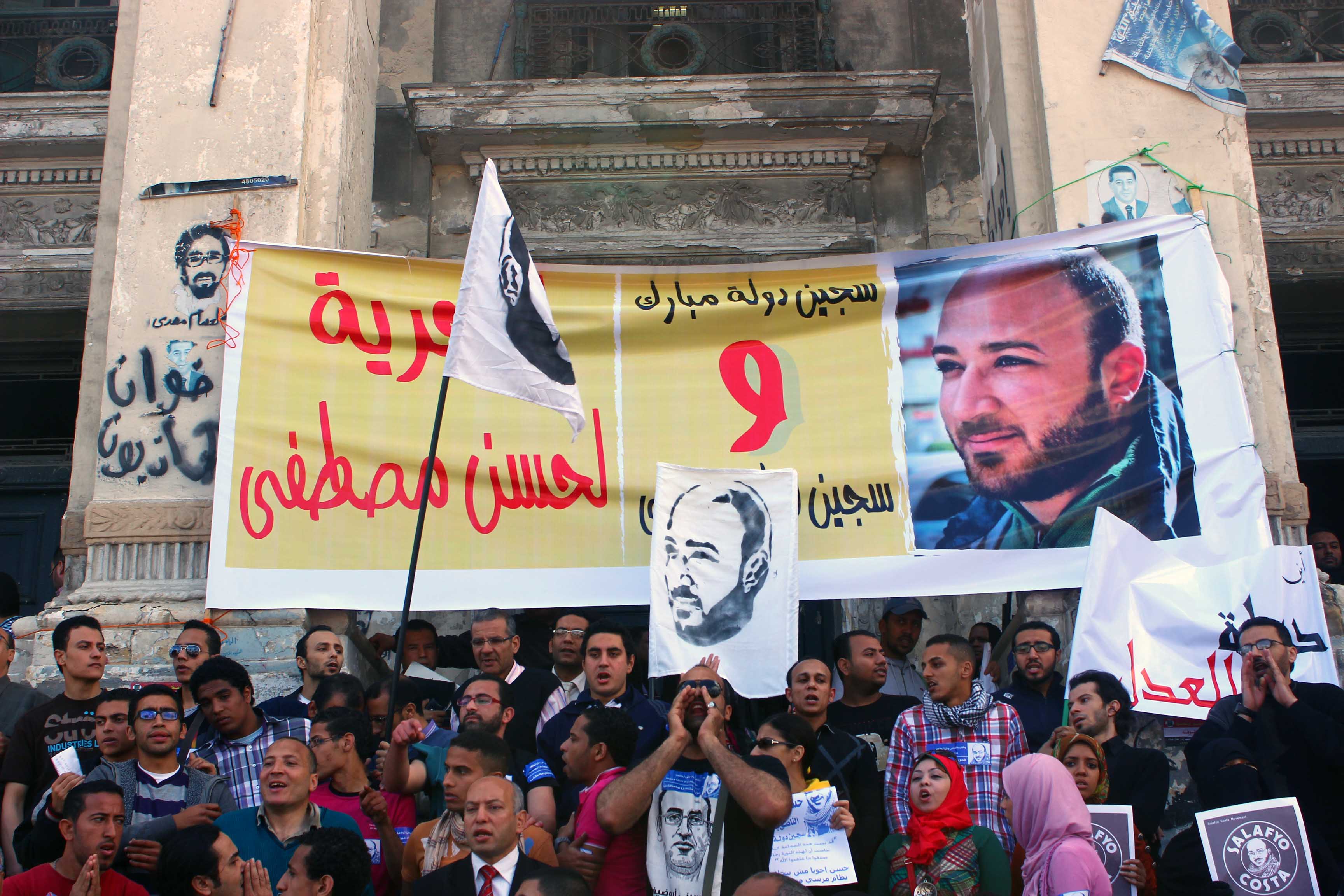Many war dead from WWI buried in Egyptian cemeteries
CAIRO: This month marks the anniversary of the end of World War I, fought in 1914-1918, the memory of which usually pales in comparison with that of World War II, which decided the political track that the world has taken and still plays a significant role in current political developments.
Some 1.7 million were killed in both wars and are buried in several cemeteries scattered all over the world. The most well known of these are found in Alamein, Egypt, where large memorials shelter the war dead of both the Allies and the Axis. Few of us, however, are familiar with the Commonwealth Graves located in Old Cairo close to Mar Girgis metro station.
According to the cemetery guards, tourists and visitors, mostly the relatives of the dead, start flocking to the 18-acre memorial at this time of the year to pay tribute to their grandparents or great grandparents.
The Cairo War Memorial Cemetery in Old Cairo is one of the works of the Commonwealth War Graves Commission that was established in 1917 by a royal charter. Since its inception, the commission has constructed 2,500 war cemeteries and plots, erecting headstones over graves and, in instances where the remains are missing, inscribing the names of the dead on permanent memorials.
Over one million casualties are now commemorated at military and civil sites in some 150 countries. The commission’s official website states that there are 2,057 Commonwealth casualties of WWI and 340 from WWII buried or commemorated in the Cairo cemetery.
WWI witnessed the conflict between the disintegrating Ottoman Empire, which fought the war in conjunction with the Germans, with the Allied Forces. Turkey and Germany had taken a unified stand to thwart the Allies’ ambition to dominate the entire world, part of which included the domains of the then dying Ottoman Empire. The Allies’ strategy was to get control of the straits including the Suez Canal and the Dardanelles.
At the outbreak of WWI, Cairo was headquarters to the United Kingdom garrison in Egypt. Along with Alexandria, it became the main hospital center for Gallipoli in 1915 and later dealt with the sick and wounded from operations in Egypt and Palestine.
The Suez Canal was under British control at the time since Egypt was under British occupation. Turkish Minister of Marine Djemal Pasha, together with his German chief of staff, Kress von Kressenstein, led an expedition on Jan. 14, 1915 across the Sinai Peninsula from Beersheba – the Suez Expeditionary Force of 25,000 men – aimed at surprising the British and seizing control of the canal.
During the war, the British had been on guard against a potential assault on the canal. Some 30,000 Indian army troops were moved to the canal area for defense purposes.
An Anglo-French unit was sent to reinforce these forces in addition to a small air reconnaissance mission, which caused the Turkish-German forces concentrated in Ismailia and other points of the canal to lose the element of surprise. The Turks and Germans were badly beaten and had to retreat to Beersheba. Some 150 British troops were killed, with more lost as the battle continued in Gaza.
